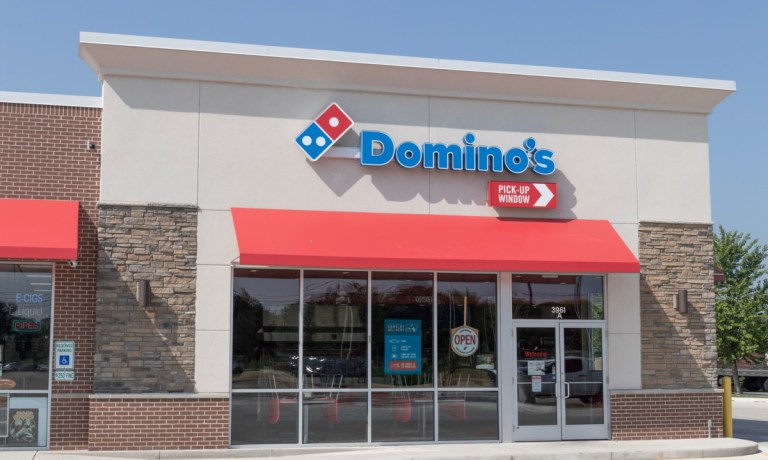Domino’s Loyalty Refresh Doubles Members’ Pickup Orders Amid Consumer Hesitance

As consumers cut back their overall spending, Domino’s has been able to get its loyalty members to buy more by offering more effective rewards.
On a call with analysts Thursday (July 18) discussing the quick-service restaurant (QSR) behemoth’s second quarter 2024 financial results, CEO Russell Weiner shared that loyalty reward redemptions for pickup orders have skyrocketed since the brand refreshed its program last fall.
“We said, with the new loyalty program, we wanted to drive light users and frequency there — check. We wanted to continue, obviously, to drive our delivery customers … but we also wanted to engage our carryout customers — check there. So, it really is doing every single thing that we had hoped it would,” Weiner said. “Orders with loyalty redemptions in the first half of this year are twice as high as they were under the old program in the first half of last year.”
The program relaunch lowered the threshold for earning points and reduced the number of orders required for redemption. By targeting light users and encouraging repeat purchases, the Domino’s loyalty program has fostered a stronger customer base. The high redemption rates reflect consumers’ preference for value-driven incentives, making the loyalty program a cornerstone of Domino’s growth strategy. Additionally, loyalty promotions such as “Boost weeks” have effectively spurred transactions and customer acquisition, contributing to the company’s positive order counts.
Indeed, QSR customers want loyalty rewards. PYMNTS Intelligence research reveals that 51% report using a restaurant loyalty program, with 49% participating in these programs at QSRs.
The Cautious Consumer
As inflation and economic uncertainty have squeezed household budgets, many consumers have become more selective with their discretionary spending, impacting dining choices and frequency.
With dining out being, for many, an unnecessary expense, the majority of consumers cut back in times of economic distress. PYMNTS Intelligence data from last year revealed that 78% of consumers have been eating at home more often to save money amid inflation.
Yet Domino’s, for its part, saw sales growth domestically and abroad, though perhaps not enough for investors’ liking — the stock is down nearly 14% at the time of this writing since the opening of the market Thursday morning.
“Consumer spending [is] slow, but let’s think about what’s happened with that as a backdrop. We’ve grown orders in our delivery business, our carryout business, every income cohort,” Weiner said. “We’ve grown order count in international. [That’s] what’s going on in an economy where folks are maybe struggling to decide what to buy.”
The Aggregator Boost
The brand’s integration with Uber Eats, which began last year after the pizza chain held out against aggregators for as long as it could, is also growing. Sandeep Reddy, CFO, mentioned that sales from Uber grew to 1.9% of total sales in Q2, with the company targeting 3% by the end of the year.
The partnership with Uber Eats exemplifies Domino’s relatively recent dual-channel approach, combining the strengths of its own digital platforms with those of third-party aggregators. This strategy not only broadens the company’s reach but also ensures that it captures a fair share of the growing food delivery market.
The company is leveraging discounting to drive growth on the platform.
“Whether it’s how customers shop or part of the algorithm or a little bit of both, starting out with a slightly higher price that you can discount from is a way to get more eyeballs, and so we’ve continued to test and pivot that way, and you are seeing it in the results,” Weiner said.